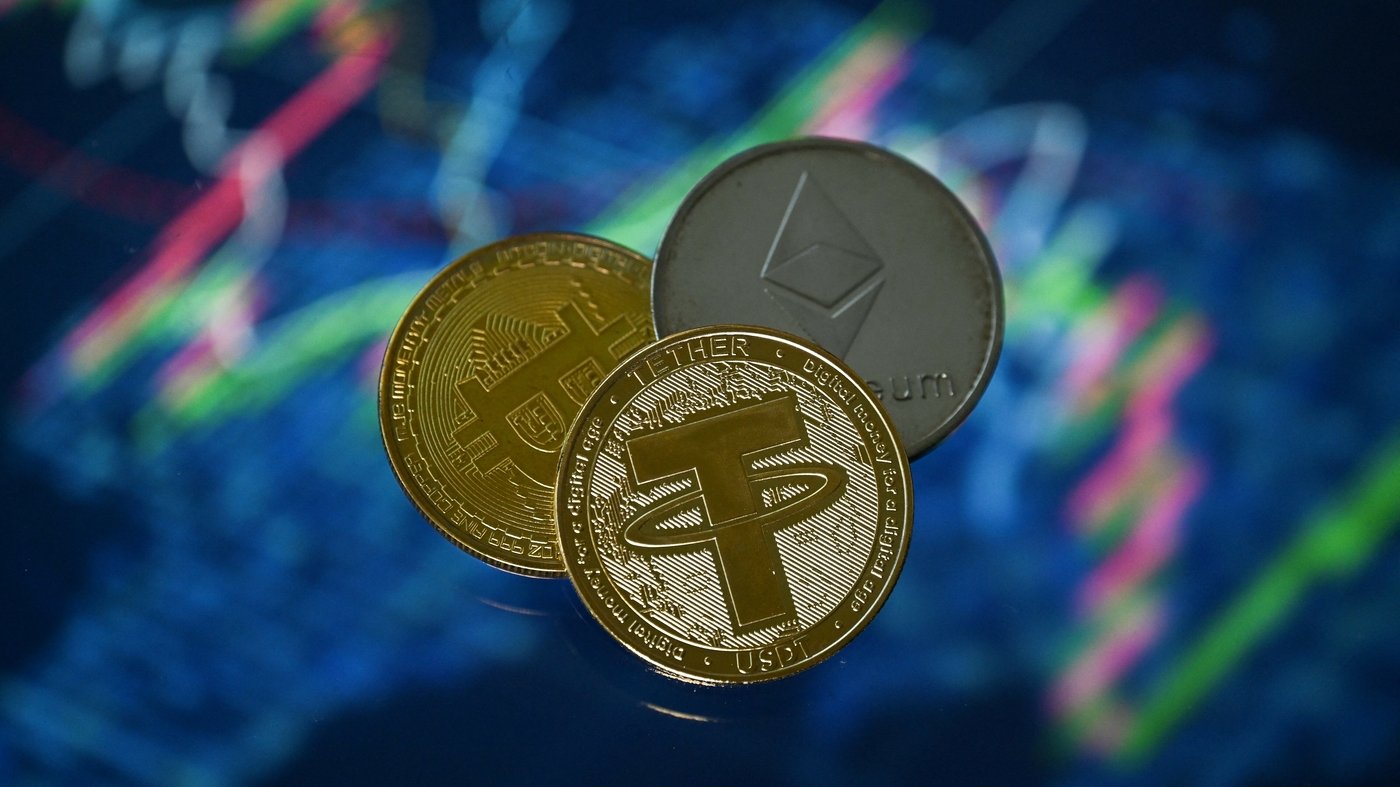In recent months, a new buzzword has emerged from China’s financial markets — the ‘Prom 10’ stocks. If you’re wondering what this term means and why U.S. investors, analysts, and market-watchers are paying close attention, you’re not alone.
In this post, we’ll take a deep dive into:
-
What exactly are the Prom 10 stocks?
-
Why are they important now?
-
How they compare to U.S. tech giants like the Magnificent Seven
-
What American investors should know and watch for in the evolving China market
Understanding the Term: What Are the ‘Prom 10’ Stocks?
The term “Prom 10” refers to a group of 10 leading Chinese technology and innovation-driven companies that are being promoted heavily by investors and institutions as the backbone of China’s future economy.
These companies are often dubbed China’s response to the U.S. “Magnificent Seven” (Apple, Microsoft, Amazon, Nvidia, Meta, Tesla, and Alphabet).
While there’s no official government list yet, market analysts in China and abroad widely recognize the Prom 10 as:
-
Tencent Holdings
-
Alibaba Group
-
BYD Company
-
Contemporary Amperex Technology Co. Limited (CATL)
-
Meituan
-
Pinduoduo (PDD Holdings)
-
JD.com
-
Xiaomi
-
Huawei
-
Kuaishou Technology
Each of these companies is a dominant force in its sector, from e-commerce and social media to electric vehicles and advanced batteries.
Why the “Prom 10” Now? The Context Behind the Hype
There are three key reasons this list is gaining traction:
1. Post-Pandemic Recovery and Stimulus Push
China’s economy, like many others, faced sharp declines during the pandemic. But Beijing is pushing aggressive stimulus and innovation-focused policies in 2025 to reignite growth. These 10 companies are seen as the best positioned to ride the wave.
2. A Strategic Counter to U.S. Tech Dominance
With ongoing tensions between the U.S. and China over AI, semiconductors, and EV dominance, Beijing is spotlighting its homegrown champions. Think of the Prom 10 as China’s answer to Silicon Valley — but with government support and global ambition.
3. Investor Confidence and Media Attention
State media and major brokerages in China are actively highlighting these companies as the new core growth engines. This mirrors how the U.S. media and Wall Street talk about the Magnificent Seven — and investors are buying in.
Let’s Break Down the Key Players
Here’s a closer look at the Prom 10 — their sectors, size, and global relevance.
1. Tencent (700.HK)
-
Sector: Social Media, Gaming, Fintech
-
Known for: WeChat, Honor of Kings, and massive investments in global tech
-
Why it matters: Tencent is the backbone of Chinese digital life. It’s not just a messaging app — it’s a full ecosystem with payments, gaming, and content.
2. Alibaba (BABA)
-
Sector: E-commerce, Cloud Computing
-
Known for: Taobao, Tmall, Alibaba Cloud
-
Why it matters: Even amid regulatory crackdowns, Alibaba is still a titan in online retail and data infrastructure.
3. BYD (002594.SZ / 1211.HK)
-
Sector: Electric Vehicles, Batteries
-
Known for: EVs, batteries, hybrid vehicles
-
Why it matters: Backed by Warren Buffett, BYD is one of the biggest EV makers globally — even outpacing Tesla in some quarters in China.
4. CATL
-
Sector: Battery Technology
-
Known for: Supplying batteries to Tesla, NIO, and others
-
Why it matters: CATL is a global battery leader, crucial to the EV supply chain — not just in China, but worldwide.
5. Meituan
-
Sector: Food delivery, Local services
-
Known for: China’s Uber Eats + Yelp combo
-
Why it matters: With deep AI integration and logistic networks, Meituan is a bellwether for urban digital economies.
6. PDD Holdings (Pinduoduo / Temu)
-
Sector: E-commerce
-
Known for: Aggressive pricing, Temu in the U.S.
-
Why it matters: PDD’s overseas expansion with Temu is reshaping global e-commerce pricing dynamics — including in the U.S.
7. JD.com
-
Sector: E-commerce, Logistics
-
Known for: Fast delivery, warehouse automation
-
Why it matters: JD is China’s Amazon-style logistics pioneer, with huge investments in AI and automation.
8. Xiaomi
-
Sector: Consumer Electronics
-
Known for: Smartphones, smart home devices
-
Why it matters: Xiaomi is expanding aggressively into electric cars, aiming to become a consumer tech empire.
9. Huawei
-
Sector: Telecom, Semiconductors, AI
-
Known for: Smartphones, 5G, HarmonyOS
-
Why it matters: Despite U.S. sanctions, Huawei is roaring back — with strong innovation in chipmaking and AI.
10. Kuaishou
-
Sector: Short Video, Social Commerce
-
Known for: A rival to TikTok
-
Why it matters: Kuaishou is pioneering live-stream commerce, a trend U.S. marketers are starting to mimic.
U.S. vs China: The Tech Giants Showdown

Let’s compare the Prom 10 to the Magnificent Seven in the U.S.:
| USA | China |
|---|---|
| Apple | Huawei |
| Microsoft | Tencent |
| Amazon | JD.com |
| Alphabet | Alibaba |
| Meta | Kuaishou |
| Nvidia | CATL |
| Tesla | BYD |
While the U.S. leaders focus on cloud, AI, advertising, and software, the Chinese giants are far more integrated with hardware, delivery, logistics, and local services.
This difference in structure gives global investors diversification opportunities — but also raises questions about market access and regulatory risks.
Why U.S. Investors Should Pay Attention
1. Global Competition in EVs and Batteries
With CATL and BYD dominating battery innovation, and Xiaomi entering the EV space, U.S. companies like Tesla, Ford, and GM are watching closely. American investors should consider how Chinese tech affects U.S. supply chains and innovation pace.
2. Temu’s Disruption in U.S. E-Commerce
Temu (PDD) has exploded in the U.S. with dirt-cheap goods and aggressive marketing. While Amazon remains king, its pricing power and vendor relationships are being tested.
3. AI, Semiconductors, and 5G Rivalry
Huawei’s renewed push into chip design and AI presents real strategic competition. The U.S.-China chip race isn’t just about trade — it’s about future digital dominance.
4. Geopolitical Risks = Market Volatility
While the Prom 10 companies are fast-growing, they’re also vulnerable to government regulation, both inside China and globally. For U.S. investors, ETF exposure or ADRs (American Depository Receipts) carry risk — but also opportunity.
Investing in the Prom 10: Is It Worth It?
For U.S. investors curious about exposure to these rising Chinese giants, here are some ways to get in:
-
ETFs: Funds like KWEB (KraneShares China Internet ETF) offer diversified exposure to many Prom 10 names.
-
ADRs: Companies like Alibaba (BABA), JD.com (JD), and PDD (PDD) are listed on U.S. exchanges.
-
Thematic ETFs: EV- and battery-focused ETFs may include CATL, BYD, or Xiaomi (via indirect holdings).
Caution: Chinese stocks are highly volatile and often influenced by policy. Investors should do deep due diligence and consider geopolitical factors before buying.
Final Thoughts: What the Prom 10 Tell Us About China’s Future
The rise of the Prom 10 is more than just a financial trend — it’s a window into China’s strategic vision for the future.
These companies reflect:
-
A pivot from low-cost manufacturing to high-tech leadership
-
A growing focus on self-reliance in AI, chips, and energy
-
An ambition to compete globally, not just locally
For U.S. readers, understanding these shifts is key to navigating future economic dynamics — from Wall Street to Washington.
So whether you’re a tech enthusiast, an investor, or just curious about where the next global wave is coming from — keep an eye on the Prom 10. The world is watching.
Discover more from The World Mix
Subscribe to get the latest posts sent to your email.




